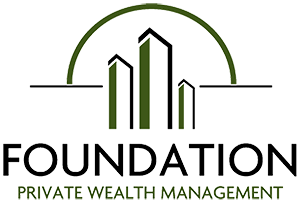The Hidden Investment Expense
Submitted by Foundation Private Wealth Management on April 4th, 2014With tax season heating up, many of us will either have just completed our personal tax returns or will be finalizing them in the weeks ahead. For those who are self-employed, the deadline is still a little ways away - so don’t panic yet. Since the RRSP season is long past now, there are not many ways that one can reduce their bills with CRA this year. That said, by looking at your sources of income now, you can take the opportunity to protect yourself from one of the largest investment drags known to modern civilization... TAX!
As Benjamin Franklin said, “In this world nothing can be said to be certain, except death and taxes.” Fortunately, if properly and proactively planned for, taxes can be managed and, in most cases, quite easily. The important thing for clients is to work with advisors that understand the implications of tax and at the same time use strategies for minimizing and deferring income. Another saying we have in our industry, when it comes to the strategies around mitigating tax, is “pay less and pay later.”
Keep this in mind as you are preparing or reviewing your tax returns this year: If you notice that you have additional interest income, dividend income, foreign income, capital gains, or any combination of the listed types of income above, as a result of your investments, there are legitimate strategies to shelter the reporting of this income. In some cases, this income may be the incremental income that begins to claw back, or completely eliminates benefits like OAS. Of course, this should be avoided wherever possible.
I have shared a link to a video below, which provides some detailed examples of the drag that can detract from investment returns. For some it might come as a surprise as to how much tax reduces the total rate of return on invested capital.

